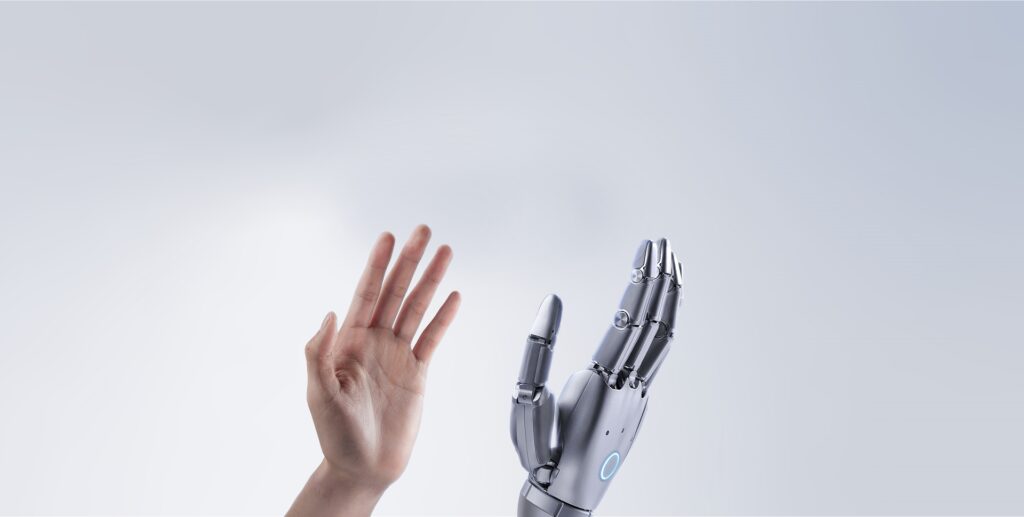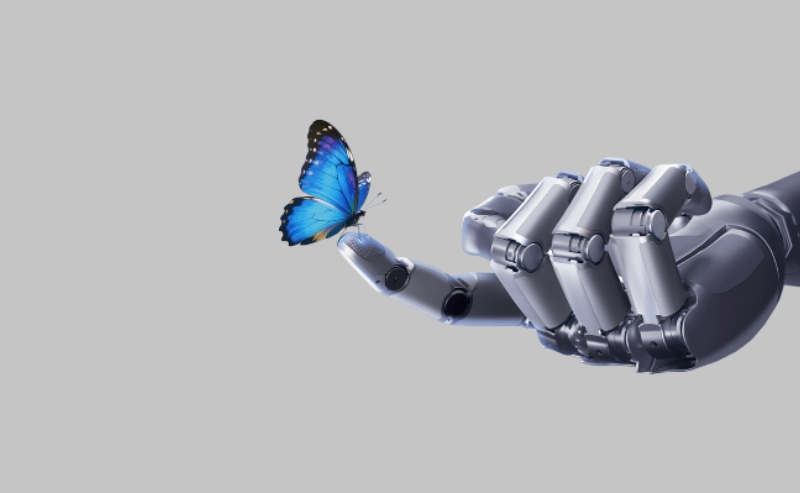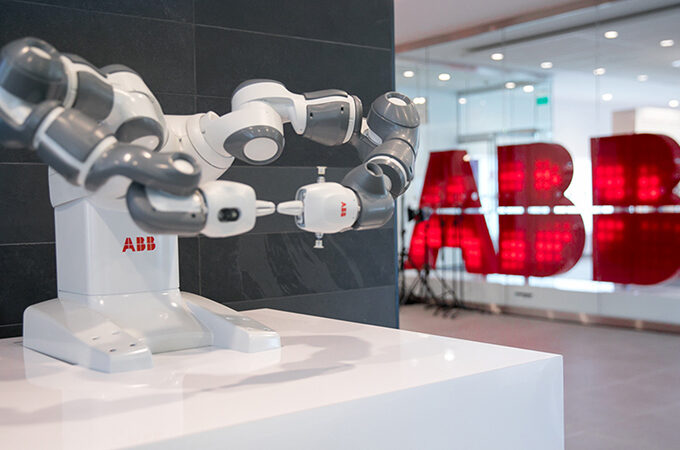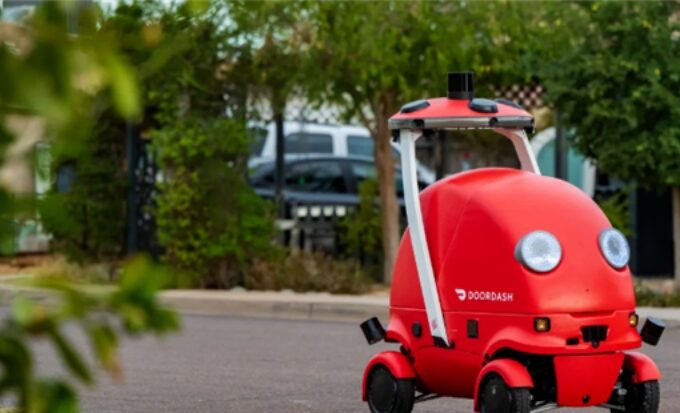On October 16, 2025, Sharpa Robotics, a Singapore – based innovative robotics company, announced through social media platforms that its flagship product, the SharpaWave dexterous hand, had officially entered the mass – production stage and started customer delivery. Meanwhile, a new promotional video was released. This milestone marks a key step in the commercialization of the product since it was showcased at top – tier international robotics conferences such as ICRA 2025 earlier this year, injecting new vitality into the highly competitive robot end – effector market.
The core competitiveness of the SharpaWave dexterous hand lies in its advanced high – resolution tactile sensing ability, which stems from its proprietary “Dynamic Tactile Array” (DTA) system. Driven by a neural network algorithm, this system can achieve an ultra – high sensitivity of 0.005 N within a pressure range of 0 – 30 N. With a data collection rate of 180 frames per second and a spatial resolution of less than 1 mm, it can accurately perform complex tasks such as real – time texture recognition and six – dimensional force detection, bringing the perception level of robot operations infinitely close to that of humans.

In terms of mechanical design, the SharpaWave adopts a unique isomorphic architecture, which is highly bionic of the human hand structure and has 22 degrees of freedom. The overall dimensions of the hand are 200 mm×90 mm×50 mm, and it weighs 1200 grams. This product performs outstandingly in terms of strength and speed performance, with a fingertip output force of more than 20 N and an operation frequency of all gesture actions of over 4 Hz, demonstrating strong practical operation capabilities.
Currently, the demand in the high – end robot end – effector market is growing rapidly, and the launch of the SharpaWave presents a differentiated market positioning. Compared with the Wuji Hand of Wuji Robotics, the two have very different design concepts. The Wuji Hand focuses on lightweight design, with a weight of less than 600 grams, and pursues a breakthrough in the balance between performance and cost. It is equipped with 20 degrees of freedom and a fingertip force of 15 N. In contrast, the SharpaWave focuses on high – end performance, especially the pursuit of the ultimate in sensing feedback technology, reflecting the diverse strategic choices of different enterprises in the emerging humanoid robot market.
To promote the popularization of the product, Sharpa Robotics has built a complete developer – friendly ecosystem, covering cross – platform development kits, exclusive control software SharpaPilot, and high – fidelity simulation models adapted to mainstream simulation platforms such as MuJoCo and ROS. The dexterous hand communicates through a standard Ethernet interface, which greatly reduces the difficulty of integration and deployment.
At present, the specific pricing information of the SharpaWave has not been released, but with its leading tactile sensing technology, it has become the focus of the global robotics research community. With the advancement of mass – production and delivery, researchers and developers will for the first time verify its performance indicators in real – world application scenarios. This product is expected to provide important support for the frontier research of robot dexterous operation and intelligent control, and further promote the innovation and development of related technologies. In the latest robotic news, the SharpaWave dexterous hand’s mass – production and delivery have attracted widespread attention and are expected to have a profound impact on the development of the robotics field.










